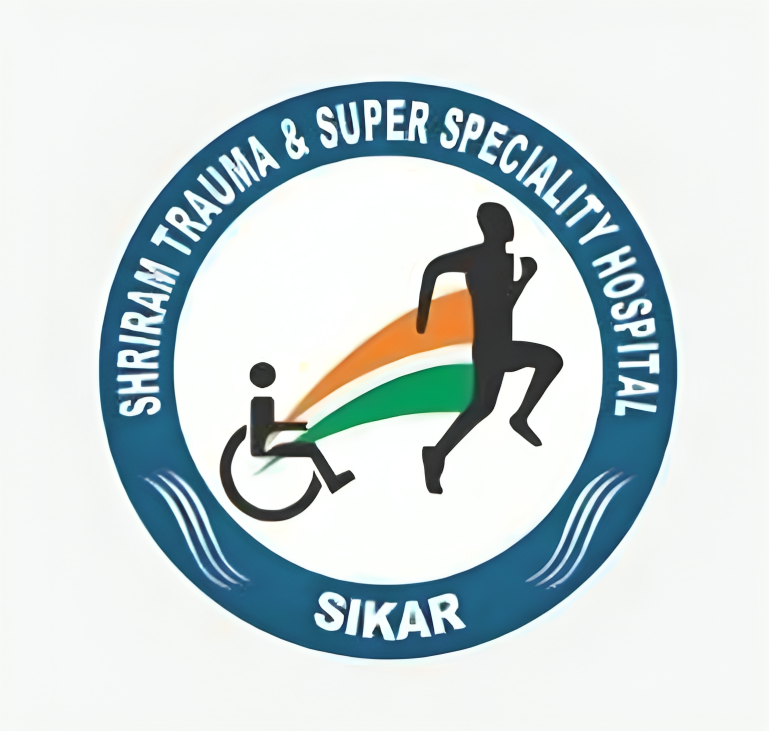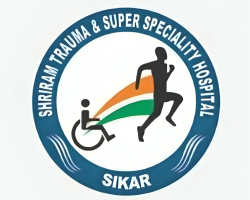A head injury refers to any damage to the brain, skull, or scalp, and it can range from something as minor as a bump or bruise to a serious traumatic brain injury. Some of the most common types include concussions, skull fractures, and wounds to the scalp. The impact and treatment of a head injury can vary significantly based on the cause and the level of severity.
It’s not always easy to judge the seriousness of a head injury just by appearance. For instance, a minor injury may bleed heavily, while a severe one might show little or no bleeding. Because of this unpredictability, it’s crucial to take all head injuries seriously and seek evaluation from a neurosurgeon to ensure proper diagnosis and care.
What are the major types of head injuries?
- Hematoma
- Concussion
- Edema
- Skull fracture
- Diffuse axonal injury

What are the symptoms of a head injury?
The head is rich in blood vessels—more than any other part of the body—which is why bleeding either on the brain’s surface or inside it can be a serious issue following a head injury. That said, not every head injury leads to bleeding.
It’s equally important to watch for other warning signs, as symptoms of a serious brain injury may not be immediately visible. Some signs can take hours or even days to develop, so continuous monitoring after a head injury is crucial—even if the injury seems minor at first.
Typical signs of a mild head injury may include:
- A headache
- Lightheadedness
- A spinning sensation
- Mild confusion
- Nausea
- Temporary ringing in the ears
The symptoms of a severe head injury include many of the symptoms of minor head injuries. They can also include:
- A loss of consciousness
- Seizures
- Vomiting
- Balance or coordination problems
- Serious disorientation
- An inability to focus the eyes
- Abnormal eye movements
- A loss of muscle control
- A persistent or worsening headache
- Memory loss
- Changes in mood
- Leaking of clear fluid from the ear or the nose
How is a head injury treated?
The treatment for head injuries depends on both the type and the severity of the injury.

